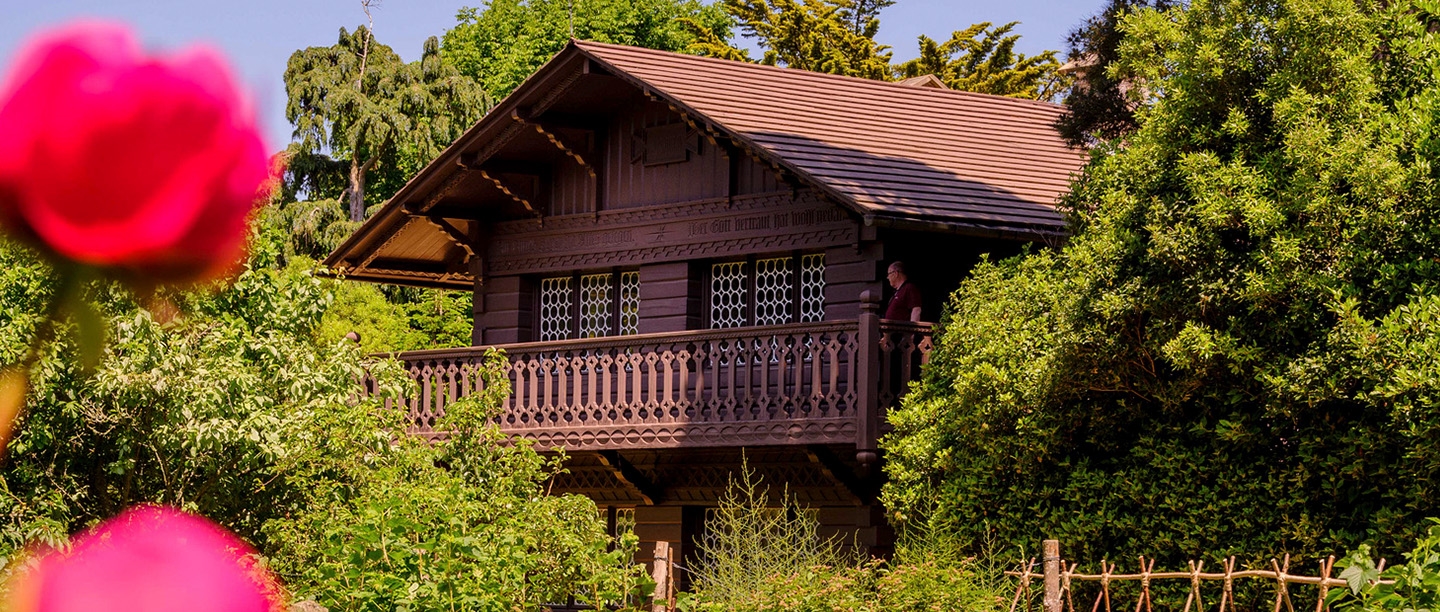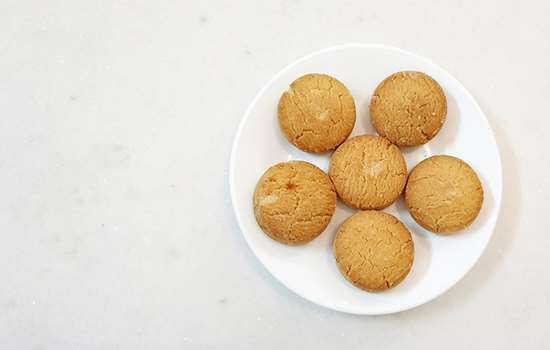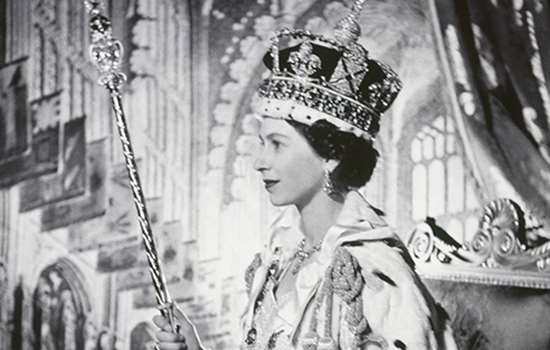
If you go down to the woods when you visit Queen Victoria’s home of Osborne, you’ll stumble upon the Swiss Cottage – an unusual building with a remarkable past. Built in 1853-4, with close input from Victoria’s husband Albert, Osborne was a place for the royal couple’s children to play and to learn. They had plots for growing fruits, vegetable and flowers, a miniature fort, a space to collect and display natural curiosities and rooms to learn how to cook and prepare food.
The Swiss Cottage was restored and reopened in 2014.
During the project we learned much more about how it was built and used. We are now reasonably certain, for instance, that there was a dairy for the children, as well as a kitchen and scullery, and these were used until around the 1870s. After this time the cottage was mainly use by the queen as a place to write or to take tea when she was out in the grounds.
We know that the children absolutely loved their time cooking and gardening at Swiss Cottage, although they barely mention what they cooked in their letters and diaries. But there are a few crumbs of evidence, and it is possible to piece together a picture of the culinary life of the cottage.
Hints in royal writings
Victoria’s journals are full of references to taking tea at Swiss Cottage, or dropping in on the children and sampling the results of their day’s cooking. But she rarely specifies what she ate. However, the hints she drops suggests teatime recipes like cakes, sandwiches and tartlets. Victoria mentions that the children bobbed for gingerbread and apples at a party held for Maharajah Duleep Singh, and they may have made the gingerbread (and grown the apples). She also talks of seeing the children take their luncheon and supper at the cottage. Although menus for the nursery luncheons are scarce, they do exist, so we know what was being eaten when the children were being cooked for more conventionally – things like plain roasts, basic grilled chops and nursery classics such as rice pudding and blancmange.
The children cooked birthday cakes for each other – as well as for the German chemist Baron Leibig who was responsible, among other things, for developing the process of extraction which led to Bovril and Marmite. They also put on tea parties for other children who came to visit.
In their surviving letters and diaries, the children themselves very seldom mention specific recipes. But in May 1858 Louise wrote to Prince Albert, ‘on Saturday we cooked in our kitchen and made some wafers and schneemilch’. Schneemilch is a Tyrolean dish, and recipes for it are very varied, ranging from bread-and-milk pottages with dried fruit and sugar, through to the version I cooked on screen for the BBC (the first time the kitchen had been used for around 150 years). That recipe was taken from an 1840s German cookery book, and involved a very solid chilled egg white and cream custard flavoured with orange flower water, cut into squares and piled up to look like a mountain, then topped with an egg yolk custard sauce and garnished with fruit. The wafers would have been made from a stiff pancake batter, probably with white wine in, cooked in a wafering iron over the fire and rolled up while still hot. A month later Helena rather primly wrote that, ‘Alice made a pancake yesterday afternoon at the Swiss Cottage. I had none of it as I was out driving with Mama, Arthur told me that after she had finished it she touched it, with the dirty charcoal pinchers.’
Clues from cooking equipment
The charcoal pinchers still exist, and form part of another important source of evidence: the collection itself, as well as the fixtures and fittings in the kitchen and scullery. The range is particularly notable: made by a Belgian company who had shown their wares at the 1851 Great Exhibition, it was a very continental design, coal-fuelled, with hobs and ovens and a small attachment on the side for spit-roasting meat. It also incorporated a copper boiler for heating hot water at the same time as cooking. There were also chafing stoves, which worked a little like a modern barbeque, being charcoal-fuelled grills which could be used for broiling (grilling) meat on a gridion, as well as for making sauces or custards – or the infamous pancakes.
The wider collection includes lots of copper moulds, used for jellies, blancmanges, puddings and pies, as well as a surprisingly large amount of pastry or biscuit cutters. There’s a good range of pans, as well. Wear and tear help us to make judgements about the most popular dishes which were cooked – the gridiron, for example, is pristine, suggesting the children rarely prepared meat, whereas one of the frying pans is burnt almost beyond recognition. The baking sheets and the tea wares all show signs of consistent use – which fits with the queen’s frequent mentions of afternoon teas and parties at Swiss Cottage.
Evidence in Inventories
Lastly, there are documentary sources. The bills of sale, which are effectively itemised receipts for the equipment, sent in by each supplier, show that the copperware all came from the same supplier as the main royal kitchens at Windsor – the same went for the cutlery, iron and tinware, woodware and the napery (linen tea-towels, tablecloths and curtains). There are many items listed in them which have since been lost or removed – including equipment for making drinking chocolate.
Osborne itself also has a couple of inventories, taken when Swiss Cottage was no longer being used, in preparation for opening it to the public. Like the bills of sale, they list far more items than still exist, often in slightly odd places, showing that it had been largely mothballed, with objects stuffed in drawers any old how. Most tantalisingly, they indicate that there were two manuscript recipe books in a drawer.
A recipe to cook at home
QUEEN CAKES, C.1821
Queen cakes date to the 18th century, with the first printed recipe appearing in 1724. They were often baked in small heart-shaped tins, frequently hearts, but all sorts of other shapes were available. The collection and inventory at Swiss Cottage includes a large number of patty pans, both plain (round) and ‘fancy’, which would have been perfect for queen cakes.
According to Elizabeth Craig this was copied out in Victoria’s handwriting.
Have ready one pound of loaf sugar, well sifted, a pound of fine flour, and a pound of fresh butter, and eight eggs, also a pound of cleaned currants, a grated nutmeg, and the same quantity of ground mace and ground cinnamon.
Work the butter into a cream, then gradually beat in the sugar. Beat the yolks of eggs for half an hour, and add them the butter. Beat the whites of eggs half an hour and add them to the sugar, and then beat all together and when ready for the oven, add the currants, spices and flour. Three-quarters fill buttered queen cake tins. Dust with a little fine sugar over them and bake.
To make at home:
- 250g caster sugar
- 250g plain flour
- 250g slightly salted butter, at room temperature
- 3 eggs, separated
- 250g currants
- 1/2 tsp ground nutmeg
- 1/2 tsp ground cinnamon
- 1/2 tsp ground mace
Cream the butter with the sugar until pale and fluffy. Whisk the egg yolks briefly, and add them to the butter mix, beating well to incorporate. Add the flour, currants and spices (the mixture will be quite dry at this point). Whisk the whites to stiff peak and fold them into the mixture. It should be a fairly stiff batter, not sloppy.
Spoon your mixture into tins (fairy cake tins are ideal) which should be well-buttered and sprinkled lightly with a 50/50 mixture of flour and sugar. Give the tray a good few taps on the worktop to make sure there are no airholes, sprinkle the tops of the cakes with a little more sugar and pop in a preheated oven at 160 (or 140 fan) for about 30 minutes. Check for doneness with a skewer (which should come out clean), and allow to rest in the tin for 5 minutes before turning out.
If you find them too heavy (the rise comes from your eggs alone, as was the case during the nineteenth century), you can add a heaped teaspoon of baking powder, but this would be a rather late Victorian cheat, and not at all approved of by Queen Victoria.
Find out more about the history of Swiss Cottage.
More to explore
-

THE HISTORY OF THE BISCUIT
Settle down with a cup of tea and treat yourself to the fascinating history behind the humble biscuit, from the Roman rusk to Victorian Petits Fours.
-

Longest reigning monarchs
Who are our longest-reigning monarchs, how did their reigns change England and Britain, and what can we see of their reigns today?
-

Below Stairs at Audley End
What were Victorian servants’ lives really like? Discover the stories of the men, women and children who worked at Audley End House in the 1880s.